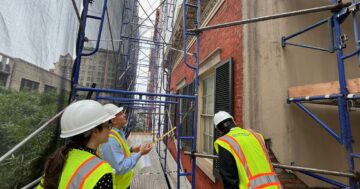Original 17th Century Mortar Found at the c. 1680 Conference House
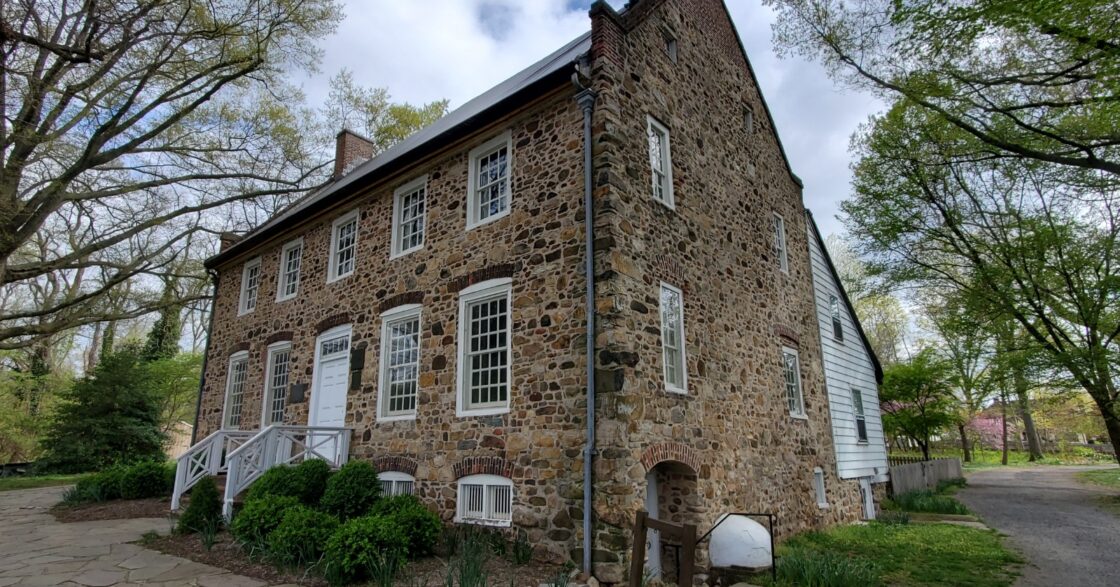
Mortar found in situ at the historic Conference House on Staten Island was determined through materials testing to be almost 350 years old.
The Historic House Trust of New York City is partnering with design consultant Architectural Preservation Studio, DPC to complete a $3M City Council-funded capital project to replace the roof and address water infiltration concerns at the c. 1680 Conference House located in Conference House Park on Staten Island. In preparation for this project, Jablonski Building Conservation performed materials testing of this beloved landmark earlier this year. To investigate and identify the oldest layer of surface material on the historic house, seven mortar samples were removed from brick and stone masonry at the Conference House by Architectural Conservator Stephanie M. Hoagland and analyzed using standard wet-chemical techniques.
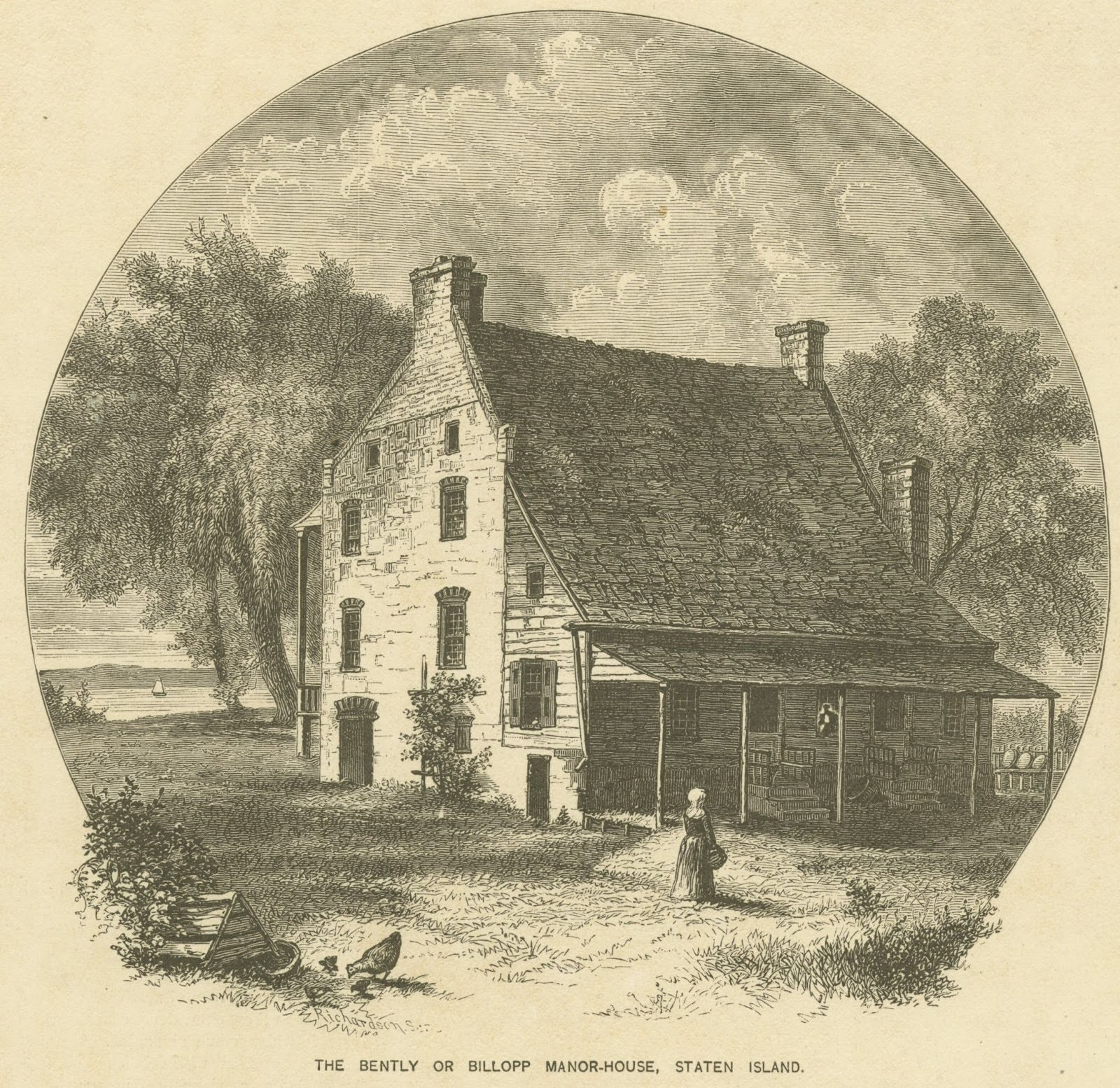
The Conference House (also known as the Billopp House) has stood on the shores of the Raritan Bay for nearly 345 years. The house is named today in recognition of the 1776 Peace Conference that took place there on September 11, 1776 in an unsuccessful attempt to end the Revolutionary War, but it has also been witness to other important chapters in history. When its namesake event occurred in 1776, the house had already been standing as a wheat farm for 100 years at the center of Captain Christopher Billopp’s 1,600-acre Manor of Bentley.

Before it was donated to NYC Parks in 1925 and restored by the Conference House Association beginning in 1926, the Conference House was abandoned periodically for almost a century during which time the first floor was largely gutted. Because the stairs were looted during this period, the original second floor finishes remain relatively intact. The seven mortar samples analyzed through this study were taken from these upper floors, of which two were sent to Highbridge Materials Consulting for petrographic examination and analysis to determine the material of the mortar.
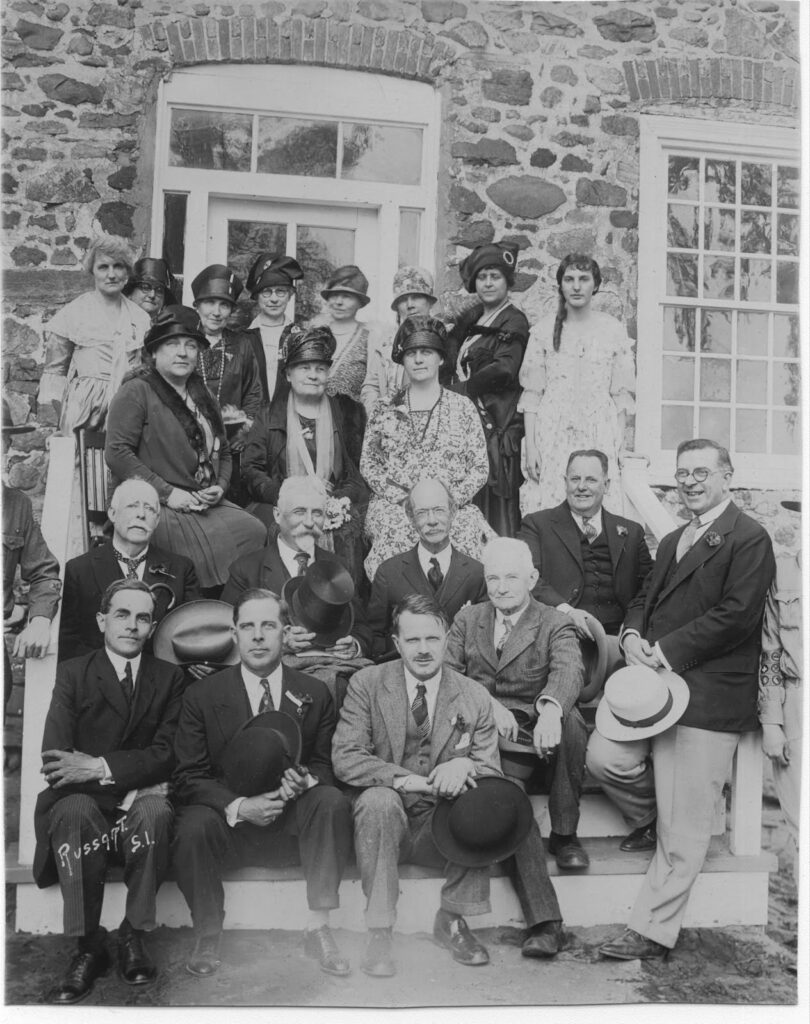
The results of this mortar analysis were staggering! While the mortar in the chimney was likely installed during the 1920s, the mortar sample taken from the attic rubble wall was found to likely be original to the time of the house’s construction in the late 17th century. This was determined from the high calcium nonhydraulic lime burned from oyster shells found within the binder. Not only that, but fragments of these oyster shells were actually found within the binder which was a typical characteristic in Colonial shell lime mortars during the 1700s. This mortar is still holding strong, and will not be touched during the roof replacement process.
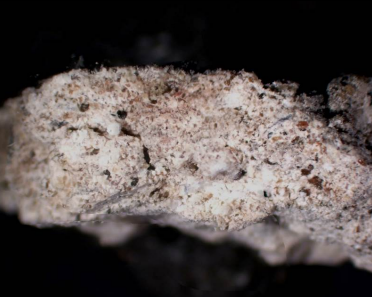
This analysis also revealed more details about how the house was constructed and decorated. “While many elements of the Conference House have been stripped or replaced, early finishes were found both at the exterior and the interior” says the Jablonski team in their report. The earliest finishes found on the walls of each room sampled were multiple layers of white limewash. Surprisingly, faux wood graining was found at some of the exterior window frames, likely pre-dating the early 1900s restoration. These findings will help inform preservation strategies for future projects while also helping us understand more about the people who built and maintained this house for generations.
About the Conference House
The Conference House is owned by NYC Parks, is a member of the Historic House Trust of New York City, is listed on the national register of historic places, and is a New York City landmark. The museum is operated by the Conference House Association. The mission of the Conference House Association is to offer cultural and educational programs focusing on the site's significance in the birth of the United States, as well as to honor and respect the presence and role of the Native American people who nurtured the land of Conference House Park for over 8,000 years. Learn more at www.conferencehouse.org.

About the Historic House Trust of New York City
The Historic House Trust of New York City partners with NYC Parks to advocate for, promote, and provide expertise to preserve 23 publicly-owned historic house museums located across all five boroughs of New York City. They also partner with independent nonprofit organizations that operate the historic sites as museums, as well as NYC Parks and other City agencies, to assist in preservation and advocacy efforts. The team manages restoration projects at its partner sites, coordinates daily maintenance needs, advises on best practices in historic preservation, and works to address the evolving needs of its partners and stakeholders. Learn more at www.historichousetrust.org and follow on Instagram @hhtnyc.
Press Contact:
Giulietta Fiore
giulietta.fiore@historichousetrust.org
646-360-0203








